
Hail damage to roofs (as well as other building components) is quite common in Calgary and Alberta. This news article from December 2012 brings out the severity of this problem.
CBC News
Posted: Dec 12, 2012 9:06 AM MT
Last Updated: Dec 12, 2012 2:35 PM MT
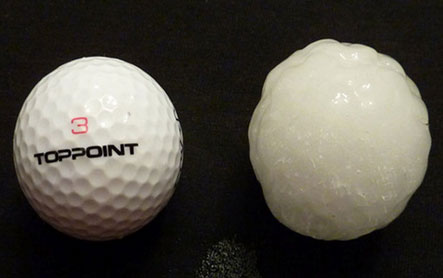
Three severe storms in Alberta this past July and August have cost insurance companies millions of dollars.
A report from the Insurance Bureau of Canada estimates the hail storm that hit Calgary on Aug. 13 cost $550 million.
“It has been a very expensive summer for insurance companies, especially with the hail in Calgary in August. That accounts for almost half of the insured losses from severe weather in Canada for the entire year,” said Heather Mack from the IBC.
Another storm that hit southern Alberta on July 27 cost insurers $74 million in damage claims.
The mayor of Cardston, Alta., said Wednesday that people in his town are still making repairs from that storm.
“The big issue now is the roofing. I think we’re half done as a community,” said Rick Schow.
Mack says Albertans can likely expect insurance premium hikes, which usually follow large payouts.
Weather trend.
The IBC says extreme weather has caused more than $1 billion of damage annually in Canada, for three of the last four years.
Mack calls it a worrying trend.
“We don’t get into why, that’s not our area of expertise. We’re just saying we know from industry experience that something has changed and we have new weather patterns.”
Mack says Alberta has always had the majority of hail claims in the country but she says there is a change in the severity and frequency of those claims.
If you were to experience severe hail damage to your roof, it would be necessary to contact a roofing contractor who can deal with your problem promptly. It is extremely important that you file a claim immediately. You can choose any contractor you prefer. Our response time is extremely good. You can contact Royal Roofing Ltd. at 403-248-6397 for prompt and courteous service.
Leaking roofs are probably the most common reason for roof repairs. With sloped roofs, water will generally leak at those sections of the roof where there are junctions and valleys. If flashing has not been applied properly or has deteriorated, you will have a leak. Chimneys, furnace vents, skylights, and all roof “penetrations” (vents, plumbing stacks, etc.) can be sources of leaks. Unfortunately, there are too many roofers who cannot address this issue properly, and as a result the leak remains even though the contractor has been paid to stop it.
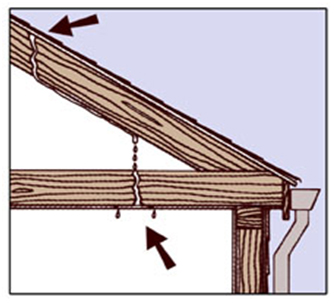
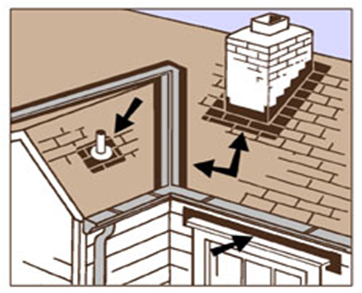

With flat (low-slope) roofs, external damage to the roof membrane can result in leaks. Some flat roofs, however, may have a leak at one point but the damage causing the leak may be somewhere else. Sometimes, the only way to determine the exact source is to flood the roof with water and then observe the points at which leaks are occurring. At the same time, not all leaks are due to roof issues, and many can result from poor building envelope installation.Each situation has to be carefully assessed before a solution is provided.Royal Roofing Ltd. has successfully repaired numerous leaks of various kinds and has never been asked to return to fix those leaks again. When you experience a leak which you suspect is from the roof, please contact us immediately.
Shingles damaged or blown away by windstorms are also very common in Calgary, and Royal Roofing Ltd. has been called frequently to do these repairs. Quite often, the reason why shingles have blown away is because they were improperly installed to begin with, and therefore could not withstand strong winds. Shingles installed by Royal Roofing in the windiest parts of the City have withstood severe windstorms without any damage.Should you have the misfortune to have your shingles blown away or damaged, please dial 403-248-6397 for immediate assistance.
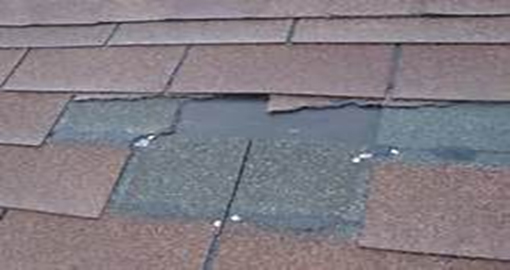
Ice dams form when warm air from the home leaks into the attic, warms the roof sheathing, and melts the underside of the snow layer on the roof, which then flows down and freezes near the eaves, and eventually becomes a “dam” of ice.
During snowy winters, many Canadian homes are plagued by ice dams. If your house suffers from wet ceilings during the winter, you probably have an ice dam on the roof. As snow melts on the roof because of the presence of warm air in the attic, water trickles down the roof until it reaches the cold roofing over the eaves, where it freezes. After a while, the ice at the eaves gets thicker and thicker, forming an ice dam.Eventually, water backs up behind the ice dam. If the water reservoir is large enough, it can back up under the roof shingles and damage ceilings and walls.
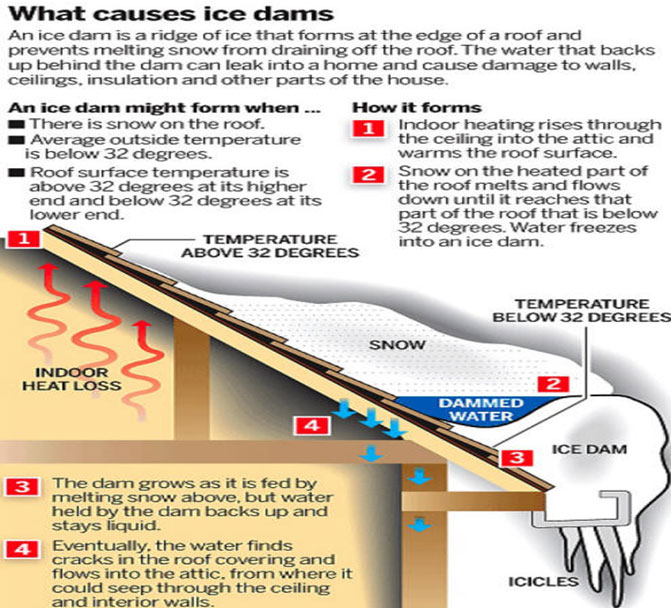
Note: 32 F = 0 C = Melting Point of Snow
Most ice dams are caused by flaws in a home’s air barrier. If escaping indoor air (called “exfiltration”) finds its way to the underside of the roof sheathing during the winter, the heated air raises the temperature of the sheathing. The only way to locate air leaks into an attic is to crawl up and look around.
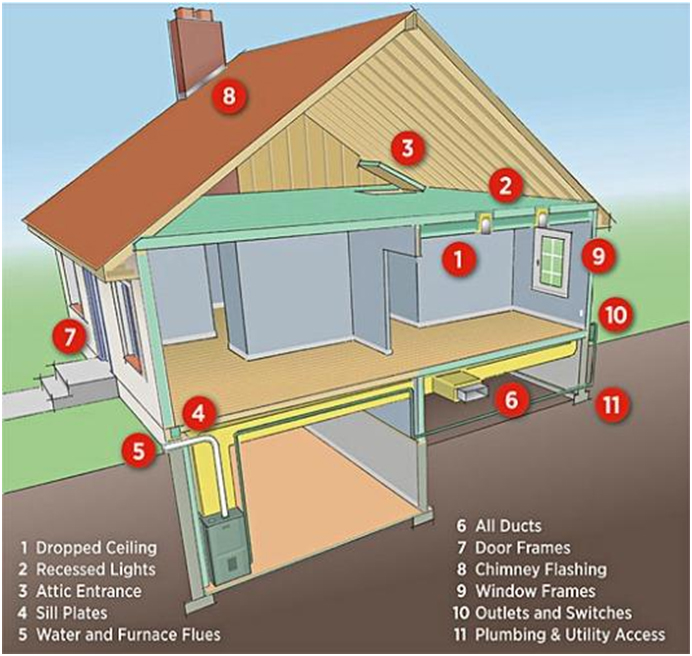
Information on air leaks obtained from Energy.gov website
Once you’ve plugged your air leaks, check your insulation levels. The ideal R-value is between R49 and R60. In homes where there isn’t enough room to get R-38 or R-49 at the perimeter of the attic, the best thing to do is to install as much closed-cell spray polyurethane foam as the space permits. In some cases, it may be necessary to install additional rigid foam insulation on top of the existing roof sheathing.
If ventilation channels are improved without any attempt to perform air sealing work, ventilation improvements can make an ice dam problem worse or increase a home’s fuel bills. The best ventilation channels include a balance of soffit vents and ridge vents with baffles. Attics do not need gable vents.
Ice & Water Shield is relatively cheap insurance. Used properly — extending from your eaves to a point that is 3 feet higher than the plane of your exterior wall — Ice & Water Shield will limit damage from ice dams that form due to unusual weather conditions.Royal Roofing Ltd. installs Ice & Water Shield routinely on all roof replacement projects for sloped roofs.
